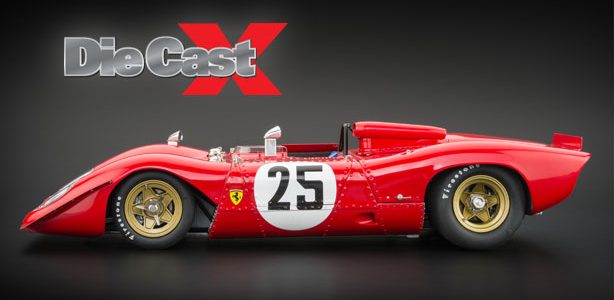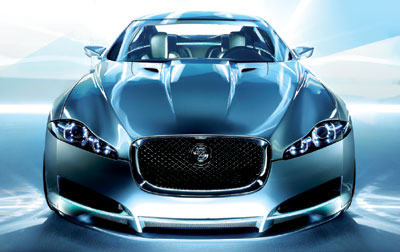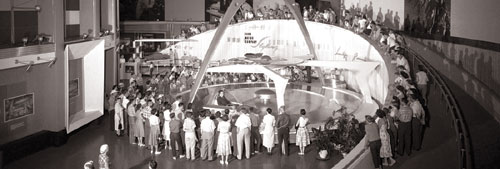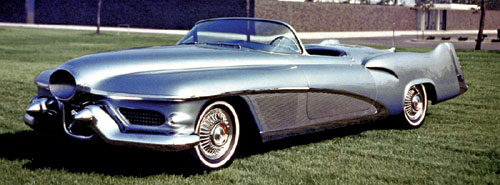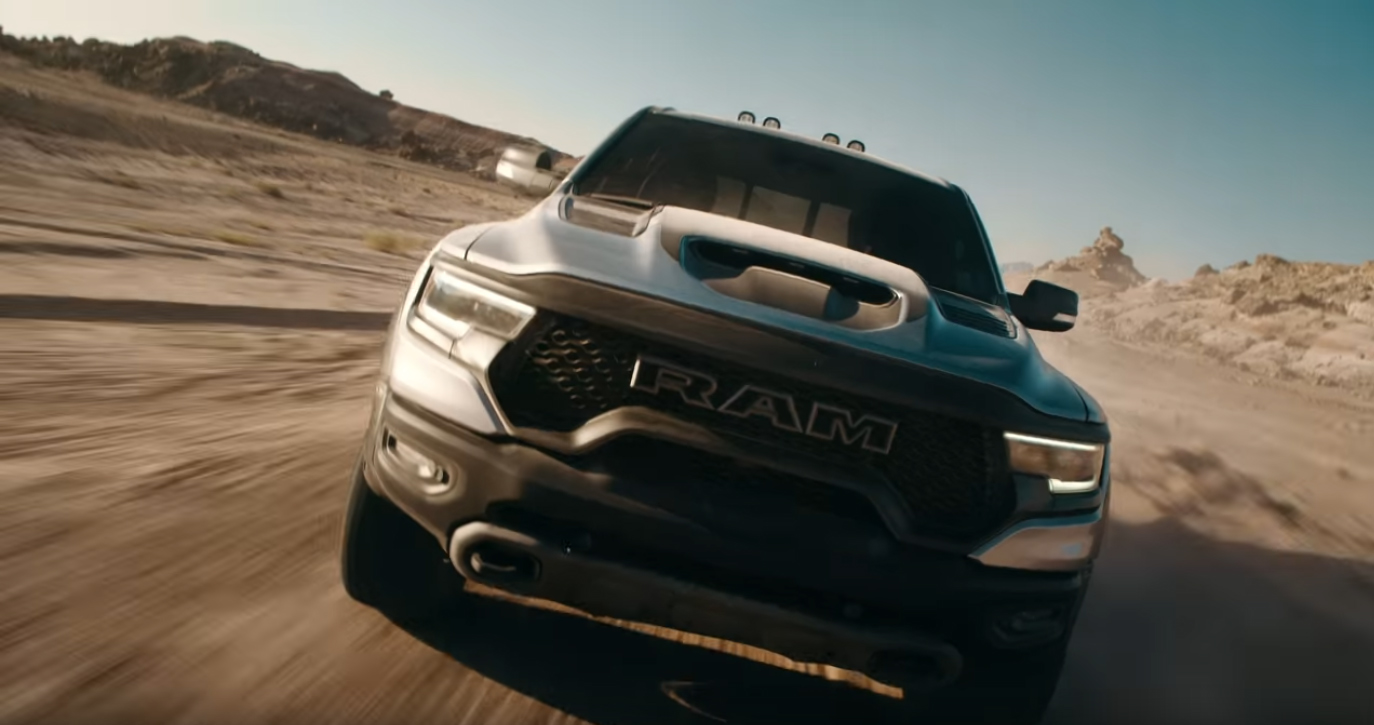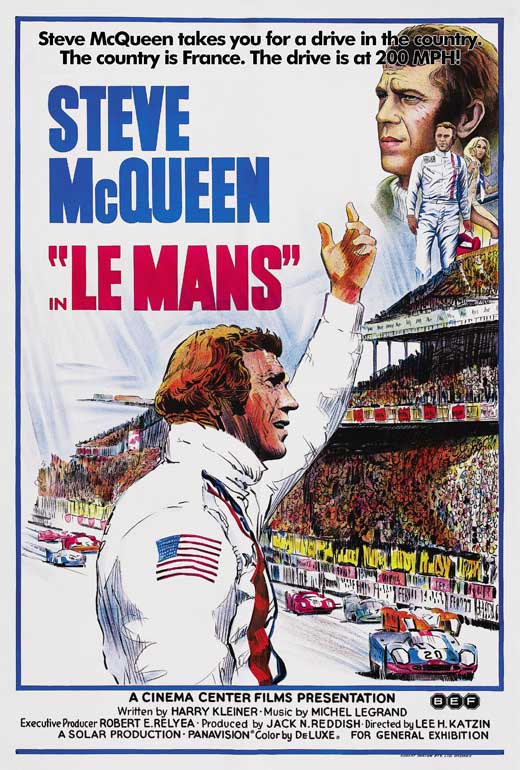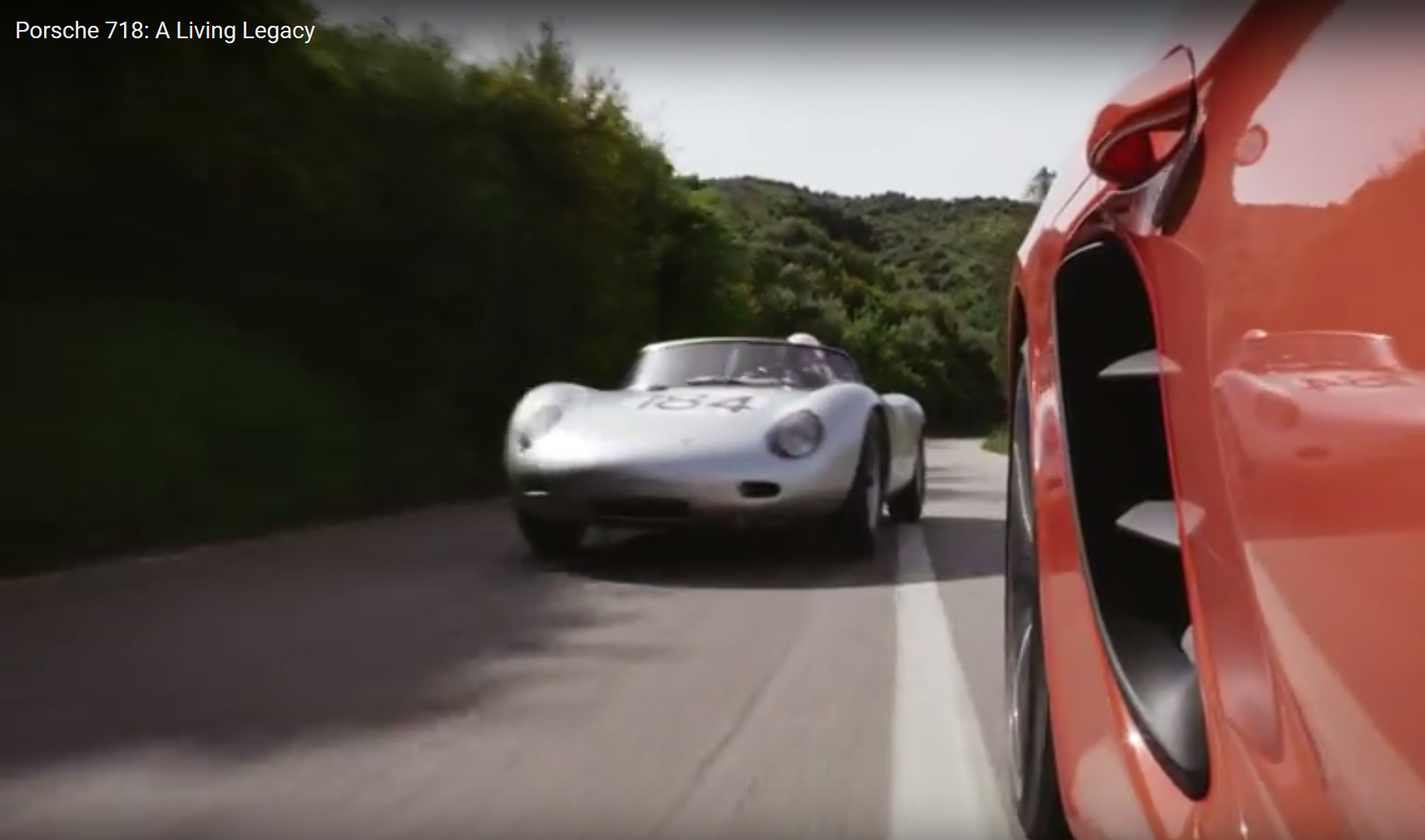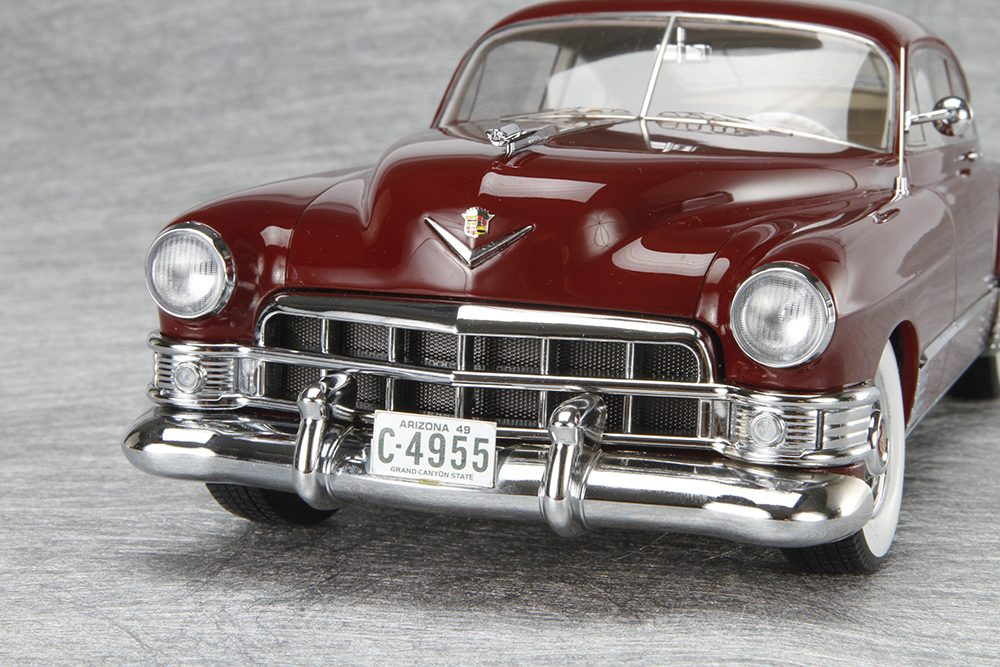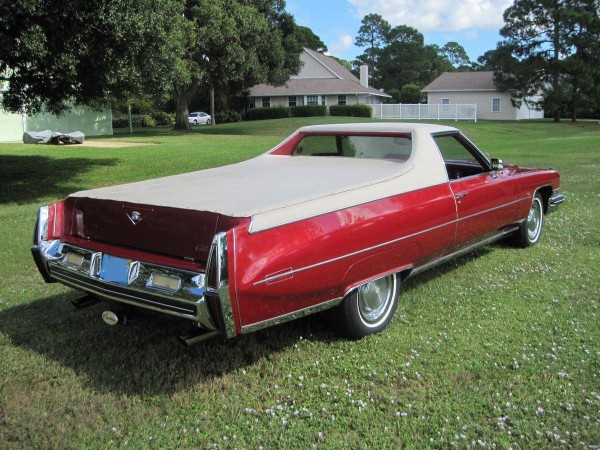Article by: Alan Paradise
Photos courtesy of Ford, GM, and Daimler Chrysler
|
The Passion Effect of Concept Cars
CLOAKED IN SECRECY and guarded by armed personnel, a vague figure of the future quietly awaited its debut. A crowd gathered as the appointed time of unveiling approached. Hundreds of photographers were among the thousands of eager spectators, reporters and company shareholders from the automotive industry. The companys president walked confidently onto the stage as the throng went quietattentive to every word. The moment arrived: the lone man on stage ordered the large covering to be lifted. Smoke began to rise from the floor as the satin veil was pulled skyward. As the smoke cleared, the crowd erupted in thunderous applause. There, bathed in a stunning bright light, was the auto companys exciting example of its future perhaps the entire industrys future.
|
The 1950s Lincoln Futura dream car became the worlds most famous auto when George Barris transformed it into the Batmobile in 1966. |
As dramatic as this might seem, every year, automobile manufacturers, big and small, go through this very expensive form of business gymnastics in an effort to influence public opinion. Concept cars first appeared at the General Motors Motorama events. Known then as Dream Cars, they were exercises in style and engineering. The first dream car was the Buick Y-Joba creation of GMs Harley Earl. The name came from a marketing executive who noted that other companies tagged its experimental vehicles with an X followed by a number. Unlike todays concept cars, the Y-Job was a fully functional, custom-made automobile. After spending nearly a year thrilling American spectators on the Motorama tour, the car became Earls personal form of transportation. In 1940, Chrysler responded by creating the Newport and, in 1941, the Thunderbolt.
After the War, the auto industry entered a dizzying period of engineering innovation and a style bonanza. Dream cars played a major role in shaping the tastes and automobile trends of a nation that was ready to leave memories of the War and the Great Depression as far behind as it could. By this time, Ford and Chrysler had followed GMs lead and both had departments with hundreds of talented designers.
Like GM, Ford and Chrysler took to the idea that dream cars were important in attracting buyers to their current lines of cars and trucks. Harley Earls first postwar dream car was the Le Sabre. This highly influential creation was the foundation of nearly all the concept cars that followed. In addition, it became the model that set the style for the decade. In 1953, Earl and GM stunned everyone with a fiberglassbody sports car, code-named EX-122. When it was unveiled at the 1953 Motorama, it was called the Corvette, and it was converted into a production car later that year. Also in 53, Ford released two groundbreaking concept carsthe XL-500 and the 195X. The XL- 500 took its lead from the futuristic Le Sabre. Stepping forwards and away from the convertible, it featured a Buck Rogers-style all-glass roof and rocket-like front-bumper protrusions. It also had a fiberglass body and a pushbutton automatic transmission.
|
At the Ford Rotunda Auto Shows, the future was on display. Although somewhat over the top, the Jetson style of transportation gave Ford a progressive public image. |
Chrysler offered a pushbutton- controlled transmission few years later. The 195X had such revolutionary accessories as a phone and automatic jacks. Items such as the mobile phone were still decades away from being common, but the following year, a production variant of the XL-500s glass roof showed up on the Ford Crestline Skyliner. Lost in the shadow of the XL-500 and 195X were the Cobra-like Ford Vega and Lincoln Fifty- Xa car whose style greatly influenced the first Thunderbirds.
By 1954, all major American auto manufacturers were in an all-out race to be the most progressiveor, at the very least, the most outrageouspresenter of dream cars. GMs Motorama shows were ideal platforms for these cars, and millions of potential buyers became brand-loyal because of the promise of the future and the image of the present. Ford was forced to keep pace and launched its Rotunda show, which was a traveling exhibit of new cars from its Ford, Mercury and Lincoln lines. It was also the place to showcase many of the most dynamic concept cars ever produced.
|
The fighter-jet-inspired exterior of Harley Earls 1950 Le Sabre dream car set the tone of automotive style for a decade. |
In January 54, a Corvette spinoff called the Nomad made its debut. It was a true concept car that featured a fiberglass body that combined the style of the Corvette with the room of a station wagon. Crowd reaction was so overwhelming that it prompted Chevrolet to create a more marketable version based on the 1955 Bel Air chassis.
During the rest of the 1950s, concept car designs got wilder and weirder. The contest between Ford and GM got out of hand as the two went way over the top with ideas and styling. Concept cars became more form and less function. Many of the ideas seemed to have



